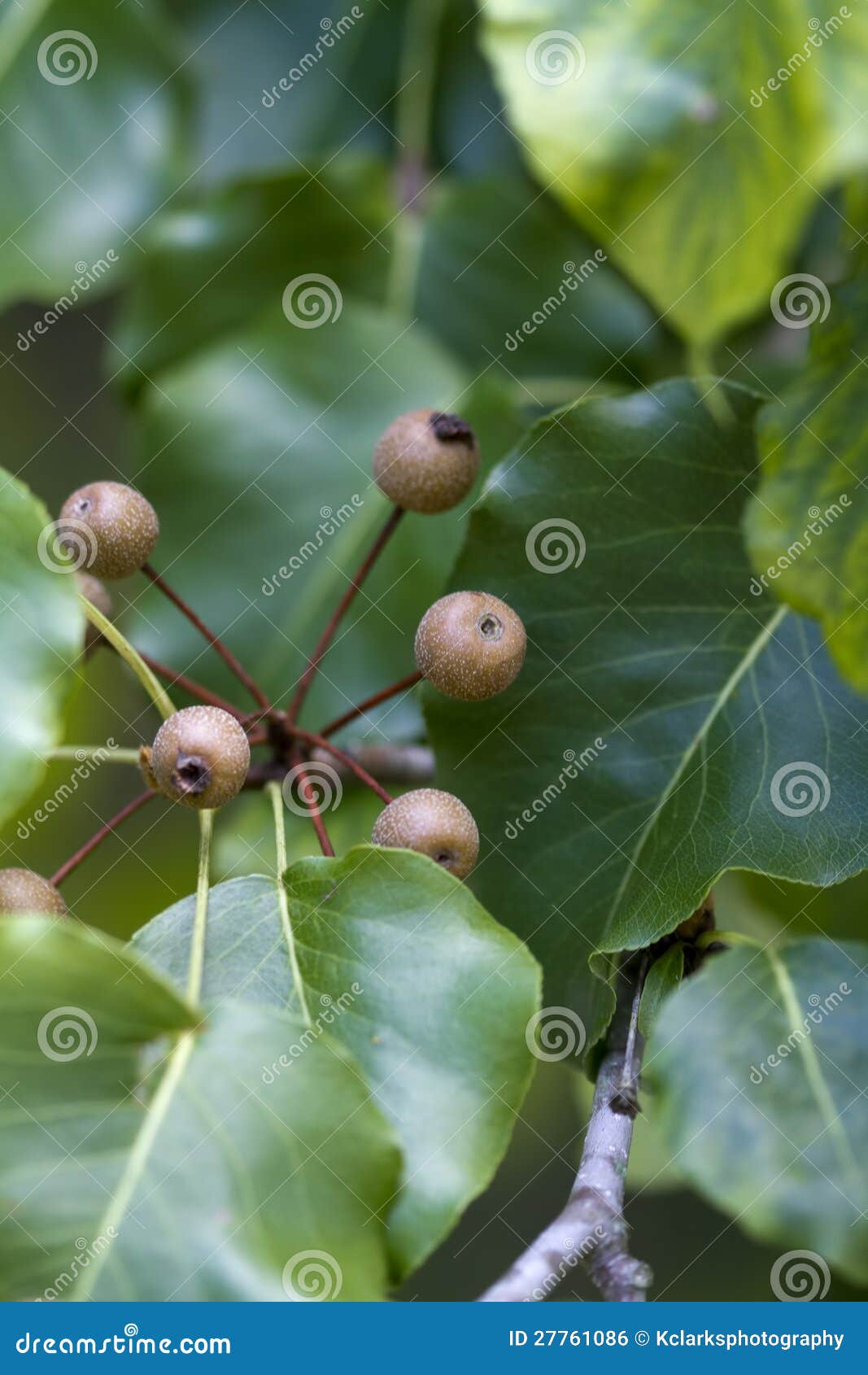
Bradford Pear Fruit Pyrus Calleryana Stock Photo Image of pyrus, fruit 27761086
Pyrus calleryana, or the Callery pear, is a species of pear tree native to China and Vietnam, [2] in the family Rosaceae. It is most commonly known for its cultivar 'Bradford' and its offensive odor, widely planted throughout the United States and increasingly regarded as an invasive species. [2]
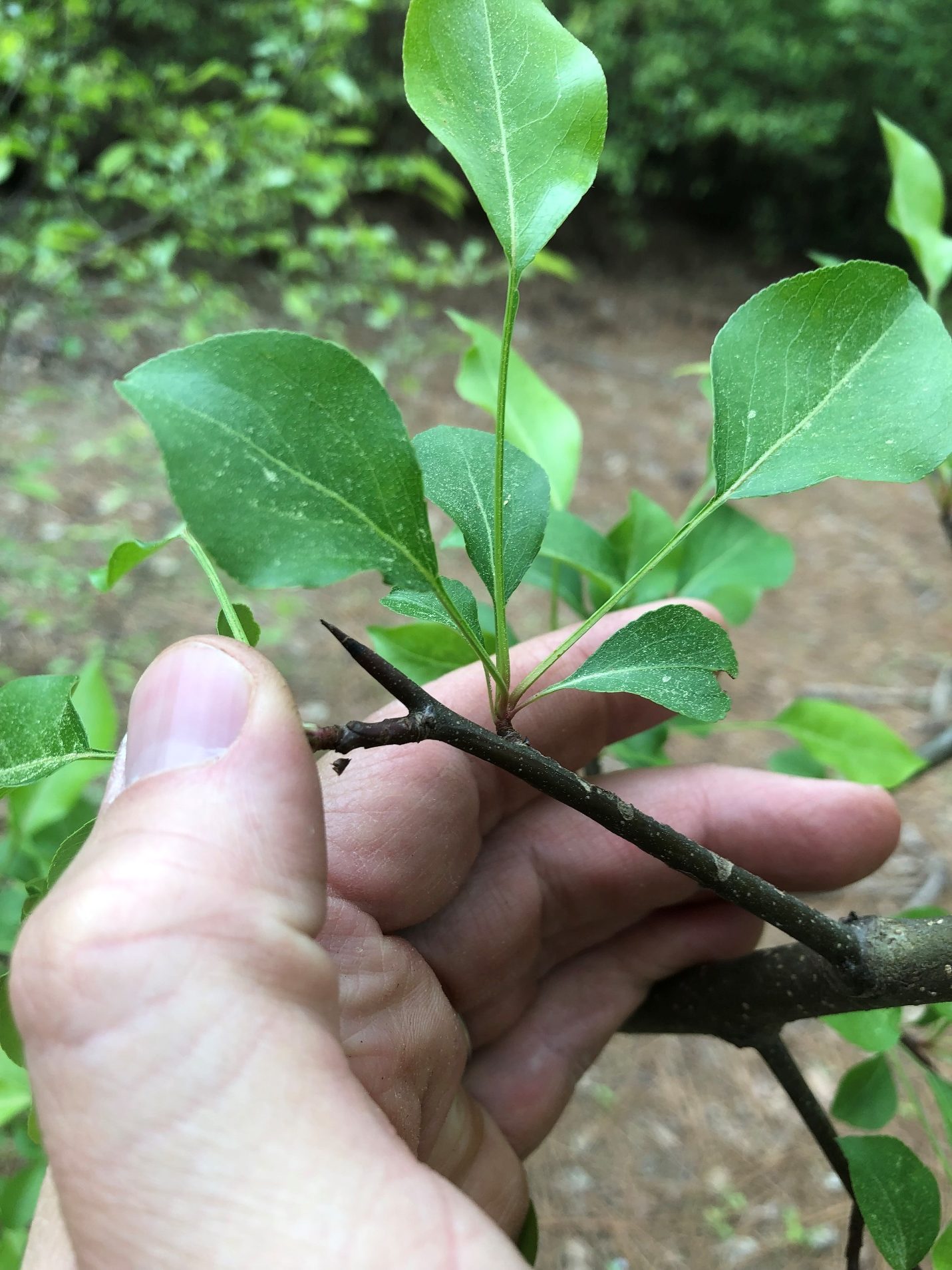
Pyrus Calleryana Fruit
What is a Callery Pear? Callery pear trees ( Pyrus calleryana) from the family Rosaceae, were first brought to the United States from China in 1909 to the Arnold Arboretum in Boston. Callery pear was again introduced into the U.S. to help develop fire blight resistance in the common pear, which was devastating the pear industry.

Callery pear (Bradford pear) (Pyrus calleryana)
Callery pear, Pyrus calleryana, was brought to the United States in the early 1900s to help combat the fire blight epidemic in European pear fruit trees. A few decades later, one particular tree was noticed to have a uniform shape, profuse white flowers, no thorns, and bright red fall foliage.
Pyrus Calleryana Fruit
Scientific name: Pyrus calleryana Pronunciation: PIE-rus kal-ler-ee-AY-nuh Common name (s): 'Aristocrat' Callery Pear Family: Rosaceae USDA hardiness zones: 5A through 9A (Fig. 2) Origin: not native to North America Invasive potential: little invasive potential
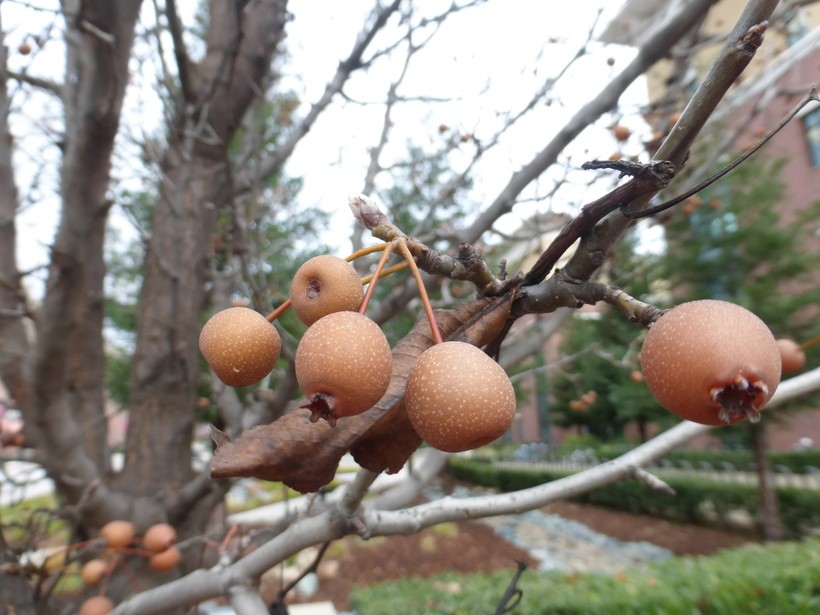
Pyrus Calleryana Fruit
Pyrus calleryana, commonly called Callery pear, is native to China and Taiwan. It is an upright-branched ornamental tree. It grows pyramidal to columnar in youth, but tends to become oval to spreading with age. It is noted for its early profuse spring bloom, quality glossy green foliage and often excellent fall color.

Callery pear (Bradford pear) (Pyrus calleryana)
Popularly known by the cultivar name 'Bradford' pear, Callery pear has become an invasive species in natural and disturbed environments. The introduction of Callery pear ( Pyrus calleryana) serves as a cautionary tale of how good intentions can sometimes go wrong.

Photo of the fruit of Callery Pear (Pyrus calleryana) posted by arctangent
General Information Scientific name: Pyrus calleryana Pronunciation: PIE-rus kal-ler-ee-AY-nuh Common name (s): 'Bradford' Callery pear Family: Rosaceae USDA hardiness zones: 5A through 9A (Figure 2) Origin: native to Korea and China

Portal Network Pyrus calleryana
Bradford or Callery pear is native to Korea and Japan, and widely planted in North America for its abundance of white, early-blooming flowers and vase-shaped growth form. It is easy to grow, and is widely planted as a street tree. Its leaves turn gold to purple in fall. Although it rarely produces fruit, it has become naturalized in many areas.

Callery pear (Bradford pear), Pyrus calleryana (Rosales Rosaceae) 5479107
Chanticleer ( Pyrus calleryana 'Chanticleer') is a cultivar of the Callery ornamental pear, and it's a beauty. Callery Chanticleer pears have a growth habit that is neat and tailored with a slender pyramid shape. When the trees flower, they are dramatic and stunning.

Pyrus Calleryana Fruit
Pyrus calleryana, commonly called Callery pear, is native to China and Taiwan. It is an upright-branched ornamental tree. It grows pyramidal to columnar in youth, but tends to become oval to spreading with age. It is noted for its early profuse spring bloom, quality glossy green foliage and often excellent fall color.
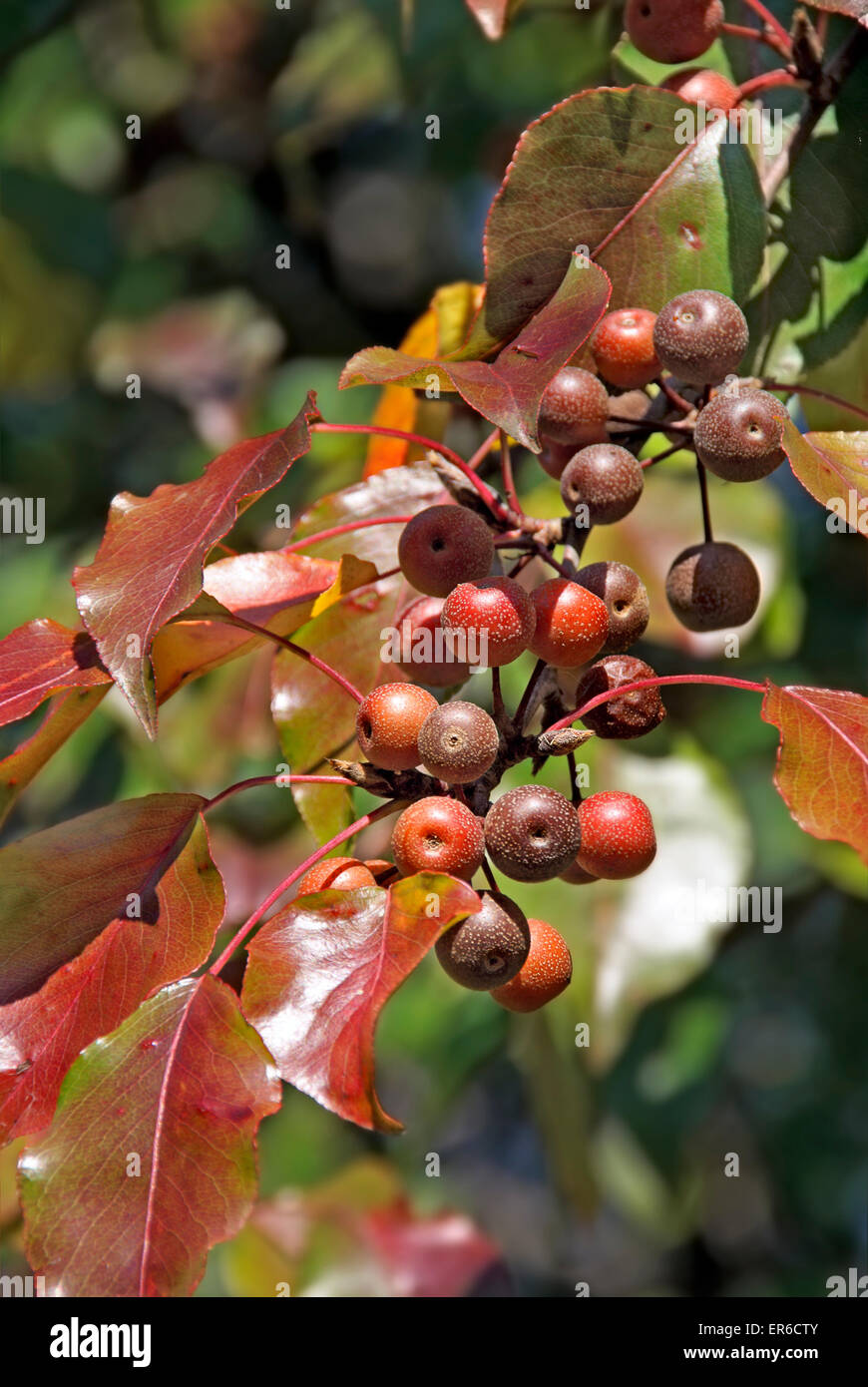
Pyrus Calleryana Fruit
The Callery pear was introduced to the US in the mid 1900s and later in the 1960s, was promoted as a desirable tree for planting due to being inexpensive and fast-growing. While not a true pear tree in the sense of producing edible fruits (like a common pear tree), the Callery pear (Prunus calleryana) does produce small fruits in autumn. It.
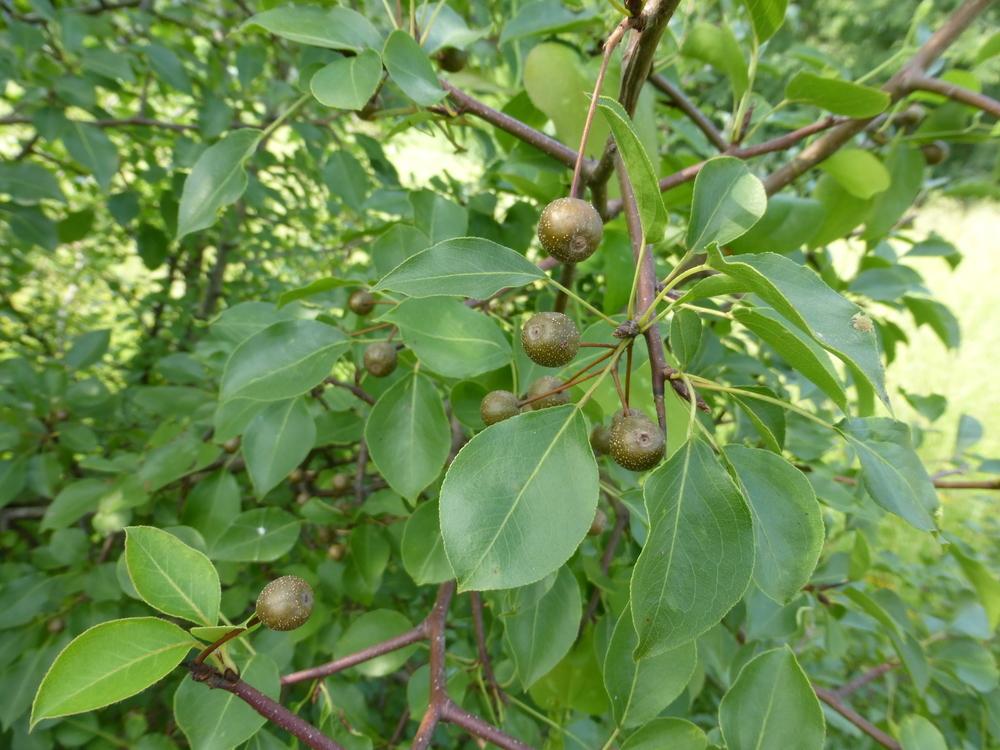
Pyrus Calleryana Fruit
Fruit. round pome fruit; small, only about 0.5" in diameter; fruit is covered in russet dots; olive-brown to tan color; not ornamentally significant; Bark.. It is therefore strongly recommended that other cultivars be utilized. Regardless of cultivar, Pyrus calleryana is wholly overused in the landscape, leading to monotony and boredom. The.

Pyrus calleryana 'Aristocrat' Heritage Fruit Trees
Pyrus calleryana. Callery pear (Pyrus calleryana) is a species of pear tree native to China that was brought to the US in the early 1900's in an unsuccessful attempt to improve fi reblight resistance in edible pears. This fast-growing deciduous tree in the rose family (Rosaceae) wasn't promoted as an ornamental until the 1950's.
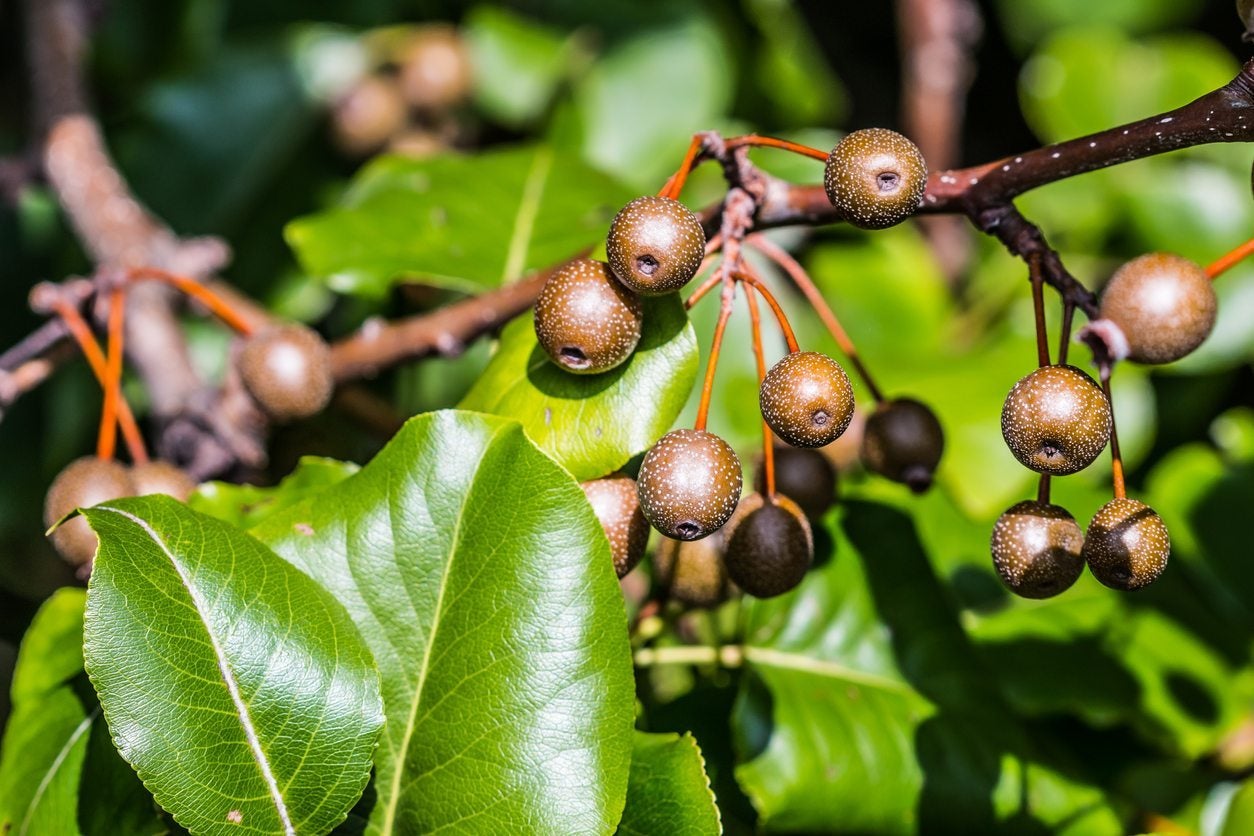
Calleryana Information Learn About The Care Of Callery Pear Trees
Pyrus calleryana belongs to the Rosaceae family, known for a vast range of flowering plants including fruits like apples and pears. Falling under the Malinae tribe, it's characterised by its pome fruits - those with a fleshy part derived from the receptacle, like apples and pears. Pyrus calleryana: Basic Information: Common Name: Callery Pear Tree

Group Callerybradford Pear Pyrus Calleryana Fruit Stock Photo 535547116 Shutterstock
Pyrus calleryana Common name: Callery Pear Pronunciation: PI-rus kal-er-ee-A-na Family: Rosaceae Genus: Pyrus Type: Broadleaf Native to (or naturalized in) Oregon: No Broadleaf, deciduous tree, 30-40 ft (9-12 m), variable forms. Trunk bark is lightly furrowed and grayish brown at maturity. Note spurs shoots on branches.
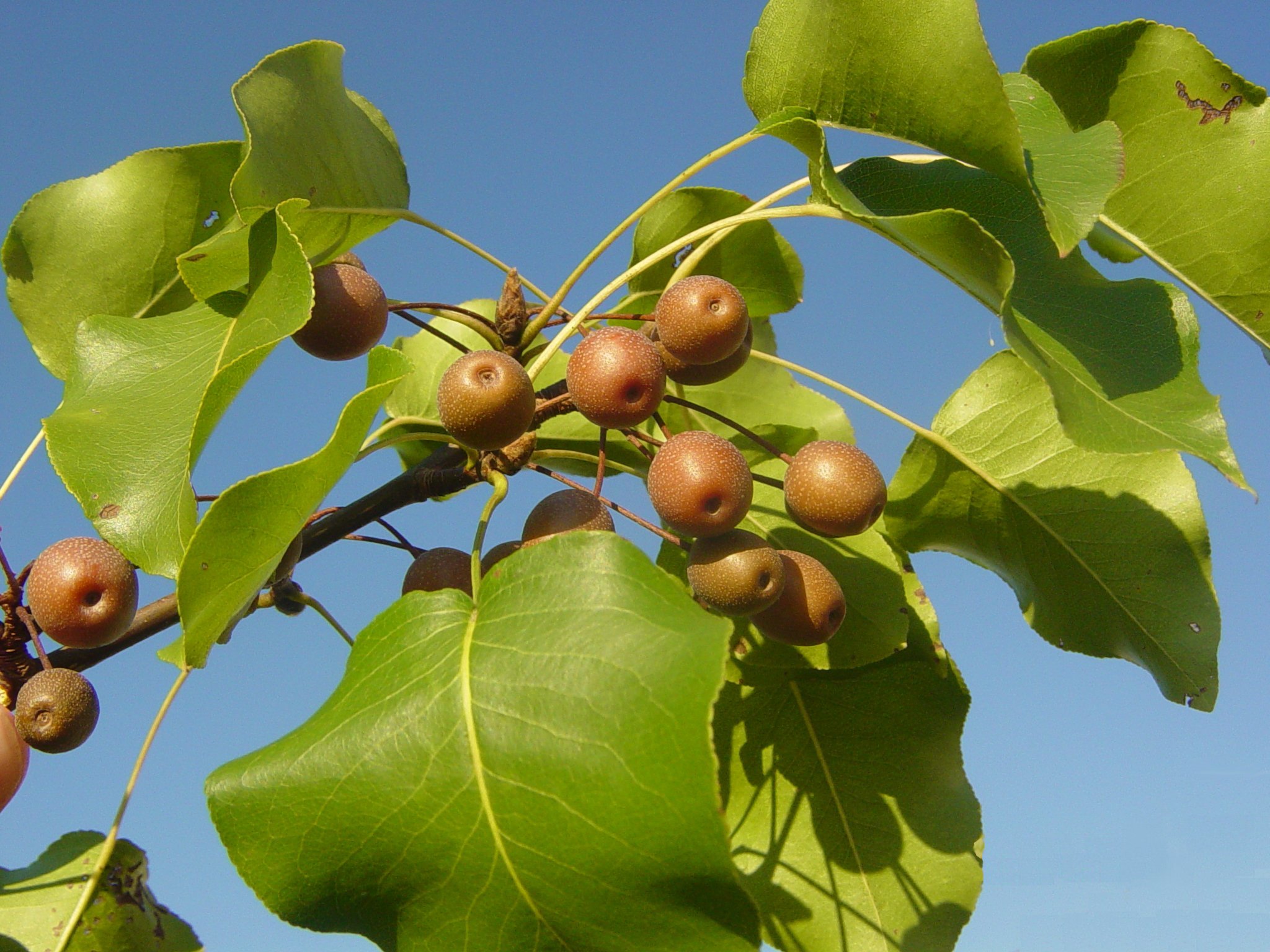
Callery Pear (Pyrus calleryana) Ohio Environmental Council
The Callery pear is a member of the Rosaceae or rose family and is native to portions of China, Japan, Korea, Taiwan, and Vietnam. In the 1950s, this promising tree was introduced into the landscape in the United States. Concerns for overplanting and structural weakness of the branches began to emerge in the 1980s.